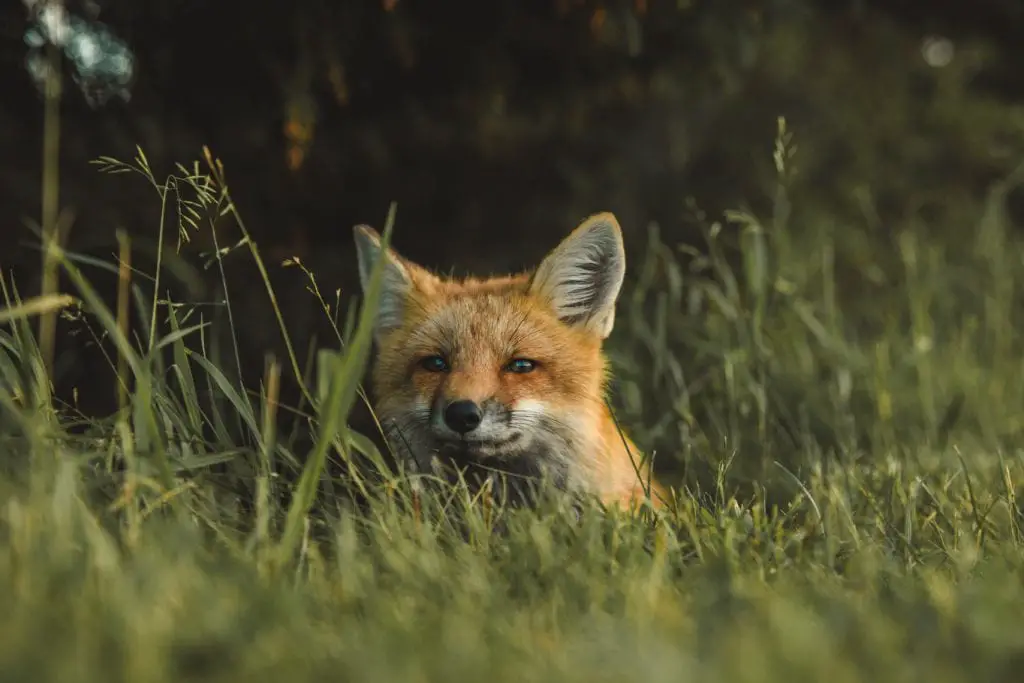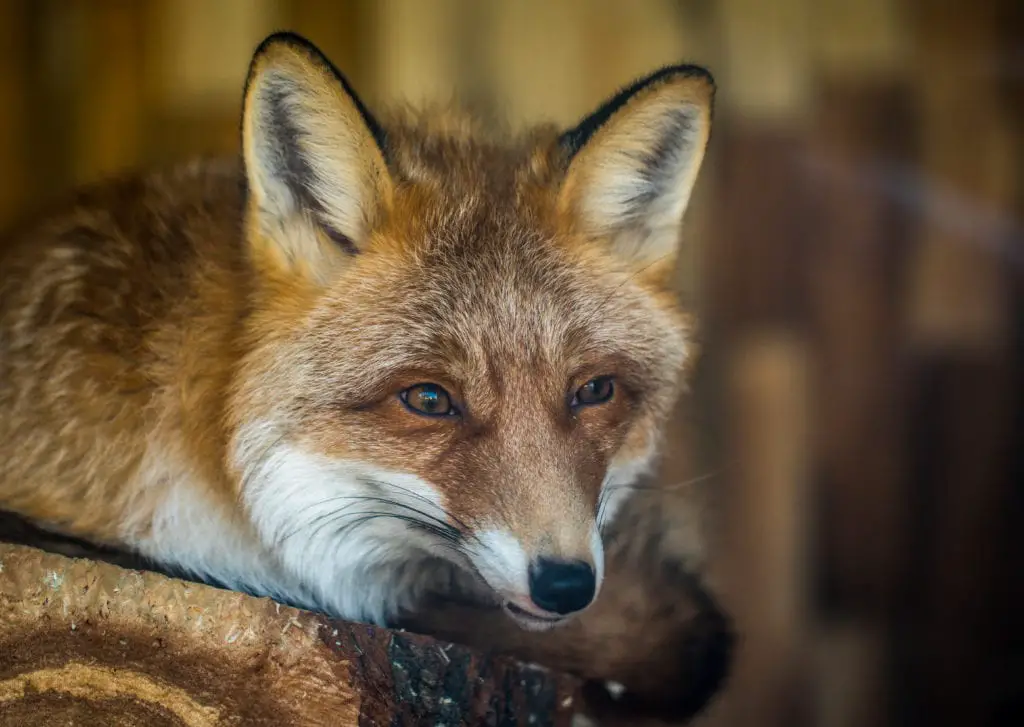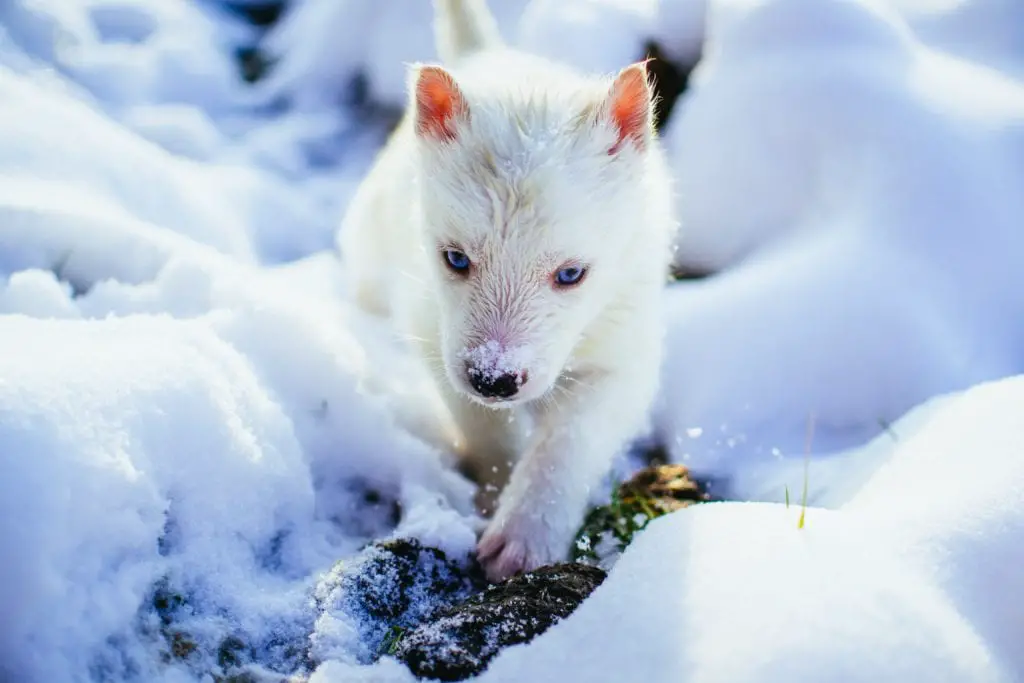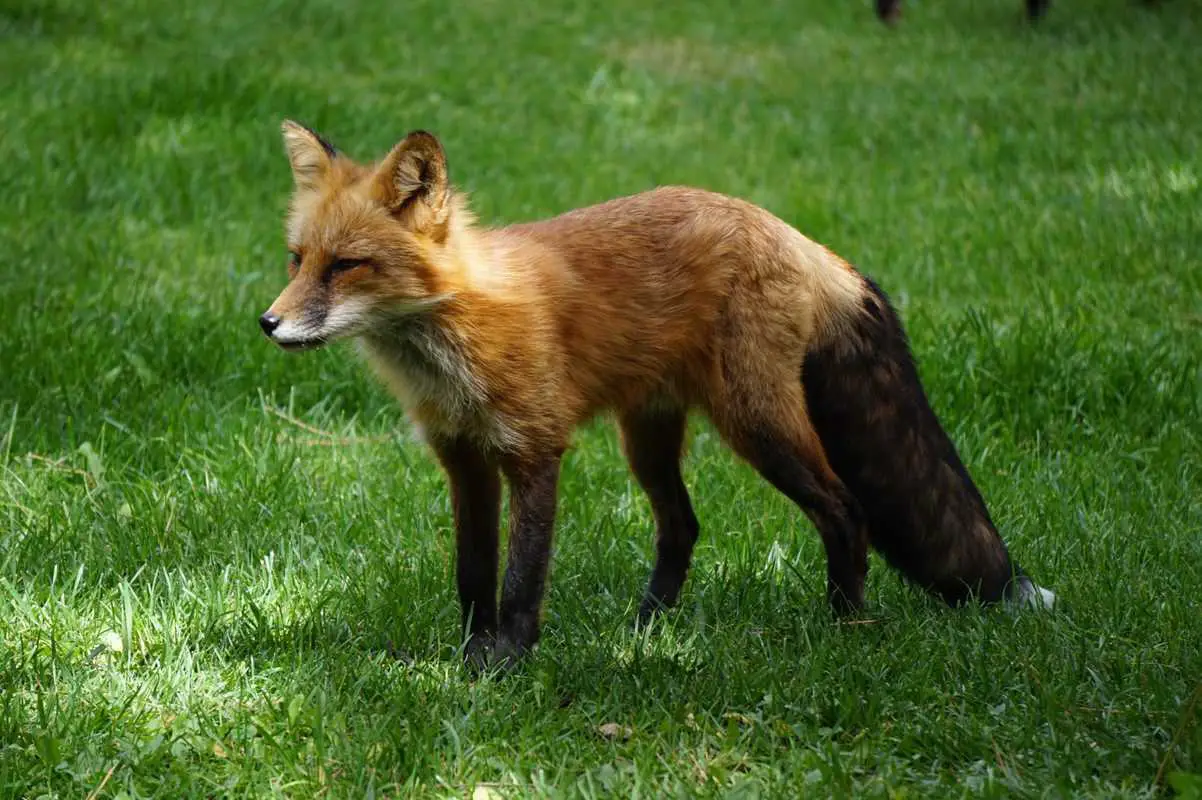What are foxes? Foxes are mammals in the Canidae family. Their species evolved away from their common ancestor thousands of years ago, setting them apart from wolves and dogs. There are 12 true fox species (Vulpes) around the world and over 30 species/subspecies total.
In my opinion, the fox is one of the most unique animals in the animal (Animalia) kingdom. They are small to mid-ranged mammals, the smallest fox (fennec) weighing around 2-3 pounds, the largest of the genus, (red fox) weighing up to about 30 pounds.
What Are Foxes Video
They inhabit almost every northern region in the world, and in recent times have moved further south crossing countries and continents, however, they are absent from most oceanic regions.
Fox Scientific Classifications
Foxes have been studied around the world and information is available on the fox from many contributors in the scientific community. There are some species of the fox of which little is known, although, the research expands every year.
| Kingdom – | Animalia |
| Class – | Mammalia |
| Family – | Canidae |
| Genus – | Vulpes |
| Order – | Carnivora |
Foxes are mammals from the Canidae family of the animal kingdom. They are from the order of Carnivora and are omnivores that eat vegetables, fruit, and meat.
Foxes occupy multiple regions: Africa, North America, South America, Europe, and Asia to name a few.
True Type Foxes and the scientific names
- Arctic Fox (Vulpes lagopus)
- Red Fox (Vulpes vulpes)
- Fennec Fox (Vulpes zerda)
- Pale Fox (Vulpes pallida)
- Bengal Fox (Vulpes bengalensis)
- Tibetan Fox (Vulpes ferrilata)
- Ruppell’s Fox (Vulpes rueppellii)
- Blandford’s Fox (Vulpes cana)
- Kit Fox (Vulpes macrotis)
- Cape Fox (Vulpes chama)
- Corsac Fox (Vulpes corsac)
- Swift Fox (Vulpes velox)

How many species of fox are there? There are over 30 species/subspecies of fox including the true type foxes. There are some, though not many, non-classified foxes such as foxes found in South America.

Fox Territories and Regions
As mentioned, foxes live in most of the regions of the world. Here is our list of territories and regions with the foxes who inhabit them.
Foxes in Africa
There are six or so types of foxes who inhabit the African region. Africa has many different types of climates and biomes such as deserts, grasslands, and coastal areas.
The six types of foxes that inhabit this continent are Fennec foxes, red foxes, cape foxes, Ruppell’s foxes, pale foxes, and bat-eared foxes.
Foxes in North America
North America is home to four types of foxes. The arctic fox, the red fox, the kit fox, and the gray fox.
The red fox is the most common fox in North America. It can be found in Canada, mid-America and some parts of the southern United States.
Foxes in South America
Foxes are found mainly in northern regions but there are a few species of foxes that live in South America. The hoary fox, south American gray fox, culpeo fox, and Darwin’s fox.
Foxes in Europe
The only fox native to Europe is the European red fox. Red foxes live throughout Europe and the British Isles.
Scandinavia is home to arctic foxes and corsac foxes have been known to live in European Russia.
Foxes in Asia
Asia is home to a few types of foxes. The Bengal fox, the Tibetan fox, red foxes, and the Blandford’s fox.
Foxes crossed into Asia from North America, by crossing the Bering land bridge. Japan is home to a subspecies of red fox called the Ezo red fox (Vulpes vulpes schrencki) and has many folklores surrounding the mysterious creature.

Habitats of Foxes
The different habitats of foxes vary by species and region. Red foxes and gray foxes prefer very different types of landscape, from thick wooded areas to grasslands.
Red foxes prefer woodlands, and rolling farmlands, whereas gray foxes prefer brushy areas and swamplands but they are not limited to only those.
Arctic foxes live in treeless parts of the arctic tundra and make their dens in the snow and ice.
Most foxes create dens underground where they have their kits (baby foxes) and where their mating occurs. Foxes do not usually sleep in their dens, using them primarily for mating and raising kits, however, they will sleep in them at times and in bad weather.

Fennec foxes live in the desert and have adapted very well to the heat. They are small animals with very large ears, that are able to hear predators and prey from far distances.
Can foxes climb trees? Yes, some species of foxes can climb trees. Foxes have retractable claws similar to cats, one species, gray foxes, have fully retractable claws and can climb trees and are sometimes seen sleeping in trees.
While there are many instances of foxes climbing trees, which should answer the question, can foxes climb trees, there is really only one species who can gracefully climb trees without any problem at all. These are gray foxes, also known as tree foxes!
Other species of foxes such as red foxes have only partially retractable claws, which lets them climb into trees, but with less agility of a gray fox, although, there many videos online that show red foxes in trees.

The Ecology and Behavior of Foxes
One of the most amazing things about foxes is their ability to adapt to their surroundings.
Foxes can be found in almost every northern part of the world and have been introduced into other environments and countries such as Australia, where they are brought in for hunting purposes.
Are foxes friendly? They are not dangerous to most animals and generally get along with most dogs and cats but that doesn’t mean they can’t be aggressive. In London, it is common for residents to feed foxes from their gardens and will often find them playing with their pets.
A fox can run up to 30 mph and can jump up to six feet into the air! They have a unique hunting style where they jump in the air and pounce down onto their kill.
Although they are solitary hunters and hunt at night, they are also very social animals and will interact with each other through fox calls and signals, they use their tails to communicate and warn each other of danger.
They will also mark spots with urine, marking a spot where they buried a kill to eat later or share with others.
Fox behavior is sometimes similar to cats rather than dogs, although foxes are not related to cats, they do possess some of their traits. When a fox is threatened it will stand sideways with the fur on its back sticking up.
What are some fox predators? The fox is preyed on by animals higher up in the food chain such as mountain lions and bears. See more here.
Red foxes are very susceptible to rabies and the vicious disease may cause 60-80% mortality if there is an outbreak.

The Biology of Foxes
Foxes have a very short gestation period around 45 days and foxes have been known to be very good parents.
What are baby foxes called? Baby foxes are called kits, or sometimes pups. They usually have litters of around 2-8 kits.
Often females from previous litters will stick around to help feed the new litters, while males usually leave the group after 1 year.
Male foxes are referred to as dog foxes or tods and females are called vixens.
Most foxes live to be 2-6 years old on average in the wild but can live much longer in captivity.
Foxes feed their young by regurgitating food, and after a few weeks, they will leave carcasses in the front of the den so their kits can learn to fend for themselves and get familiar with the den opening.
Foxes have flat skulls and their bone structures are like most small to mid-size mammals, having pelvic bones, finger bones, and vertebrae.
How many bones does a fox have? There are about 170 bones in a fox.

Fox Trapping and Hunting
Many countries around the world view the fox as an invasive species. There are many programs where foxes are hunted and trapped to cull the herd.
They are also hunted for sport, in parts of America, England and in Australia. Fox hunts are very common although some see them as cruel.
Foxes are killed for their fur. The arctic fox has the most sought after fur. There are also breeding programs on fur farms that breed them to be much larger to increase the size of their pelts.
Native Americans often ate whatever animals they killed, and have been known to eat foxes, after killing them for their fur. This practice is sometimes shared by other hunters and survivalists.

Foxes in Captivity
Pet foxes and foxes that live in captivity have very different lives than those living in the wild.
While foxes do not make very good pets, that does not stop some people from keeping them in captivity. There is no doubt that foxes want to be loved. Much like other pets, foxes get attached to their owners and caretakers and develop deep relationships with them.
Most foxes in captivity live in rescues and sanctuaries and must remain there for the rest of their lives because a fox generally cannot be re-introduced to nature once they have been kept in captivity.
Foxes in captivity live to be up to 14 years old.
Check out our PAWSOME new collection of Fox Gifts
Fox Frequently Asked Questions
Can foxes swim?
Many foxes in costal areas catch and eat fish. They are good swimmers though they do not venture far out into the water, rather they prey on fish on the banks.
Are foxes dogs?
Foxes are related to dogs through the family Canidae, however, their species seem to have split early on, as dogs evolved from wolves whereas ancient remains have been found of wolves and dogs together.
Are foxes Smart?
Foxes are one of the smartest of the canid family and there are many folklores around the world who share stories about the cunning and sly ways of foxes. Foxes will wait in hiding and strike at their prey with a deathblow, unlike dogs who will chase and bark at their prey, shaking them while biting, make it a much messier kill.
Are foxes dangerous?
While foxes are dangerous to the small game that they hunt, they are not very dangerous when it comes to dogs, cats, and some other pets. Foxes are picky when it comes to the prey they kill and will usually kill the same kinds of prey out of habit.

